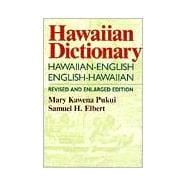


As a result, pidgin served as an essential language in economic transactions. Just Like That, Pidgin was Born!ĭue to the increasing numbers of migrants coming for the plantation work in the beautiful Hawaiian Islands, Pidgin evolved and spread quickly. And everybody had to be able to communicate. Plantation owners had to import contracted laborers to support the Hawaiian labor force. Plantations began to pop up on all islands. These imported laborers began pouring in during the 1850s when the sugar industry expanded rapidly. Thanks to a diverse group of imported labor who all spoke different languages. Later, around the 1850s, it solidified in the plantations of Hawai’i. … Hawaiian pidgin originated in the late 1700s with western contact. Let’s first understand that contrary to popular belief, Hawaiian Pidgin is NOT broken English! It’s an actual language! Here are some examples:įor many years, it has been spoken by many born in Hawai’i as their mother tongue, with English as a close second. That situation happens when someone born and raised in Hawai’i tells a lavish tale to another native pidgin speaker. We can all agree that it is a very colorful, fun, descriptive language that is a delight to hear spoken well. This history is based on the need for a common language among a diverse group of people who speak different languages. Like any creole language, it has a rich linguistic history. Hawaiian Creole is a language we fondly call by just one name in Hawai’i – Pidgin! You may hear someone in conversation say, “I could barely understand him he was speaking pure Pidgin!” Scholars call it Hawai’i Creole English.


 0 kommentar(er)
0 kommentar(er)
